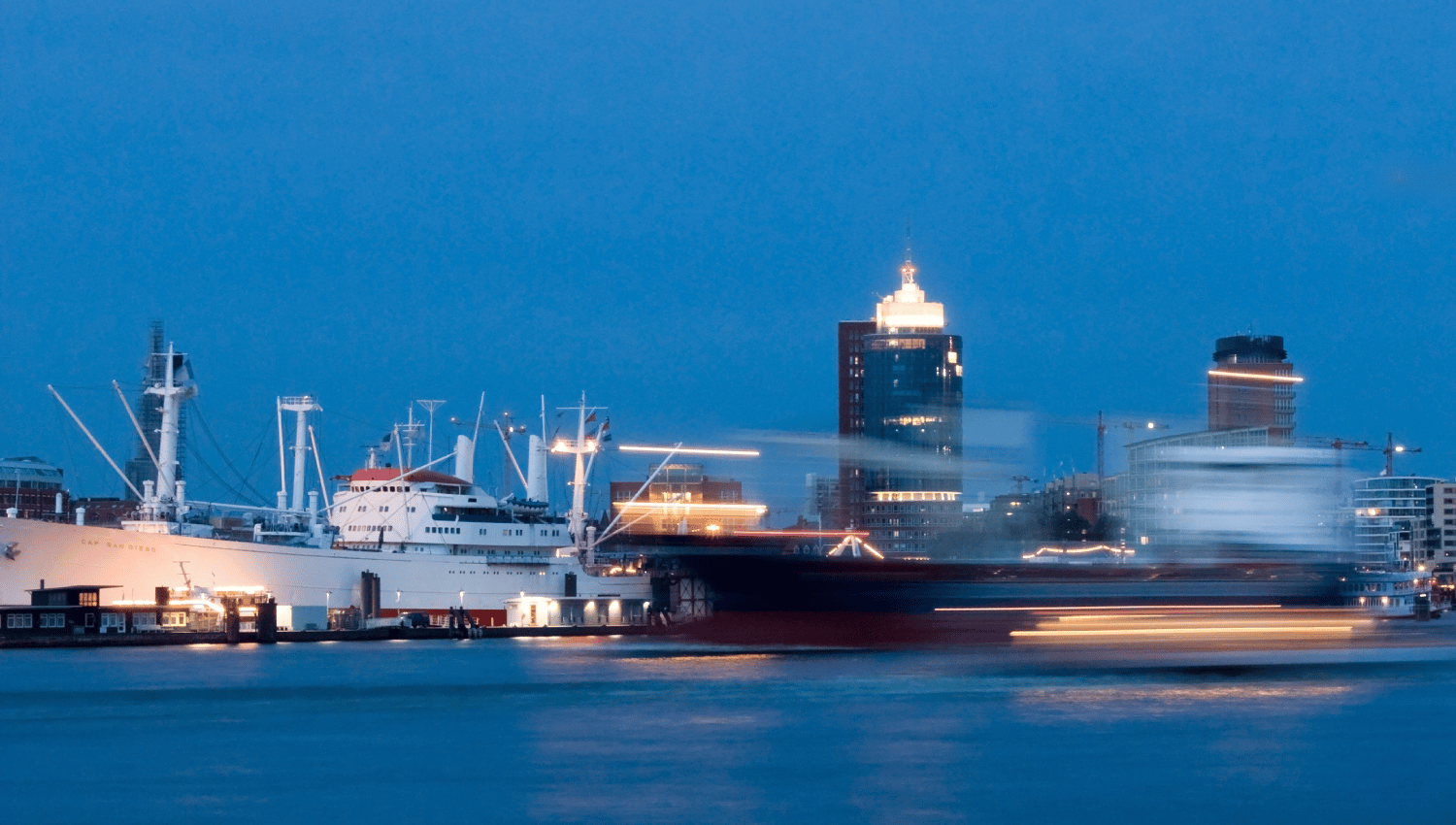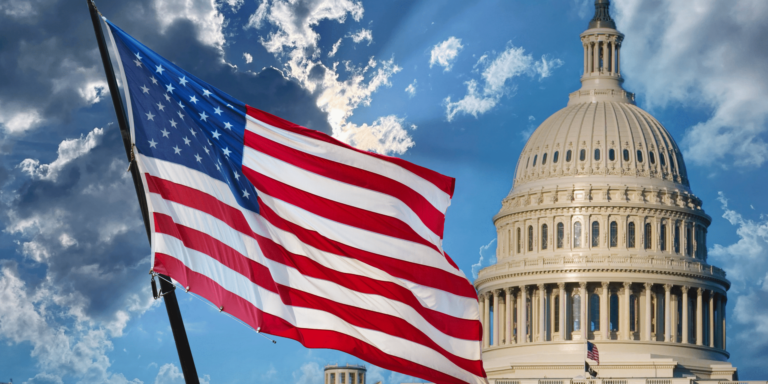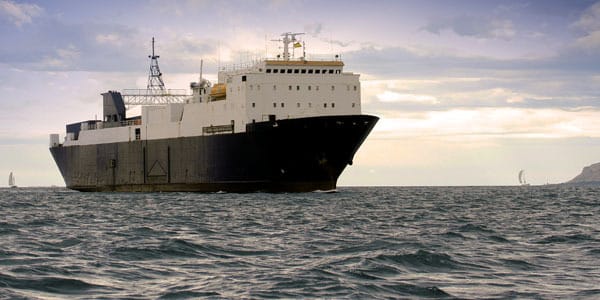Foreign Trade Zones: BIG Savings, LITTLE Hassle
Logistics managers have long valued Foreign Trade Zones (FTZ) because they’re secure areas under U.S. Customs and Border Protection (CBP) supervision generally considered outside CBP territory upon activation. Located in or near CBP ports of entry, they’re the United States’ version of what are known internationally as free-trade zones.
Currently, there are 276 authorized FTZs across the United States. These zones allow importers and exporters to reduce, eliminate or defer duty payments on manufactured or stored goods prior to releasing them into domestic commerce or exporting them out of the U.S.
Analysts and shippers tell us that, today, the number of beneficiaries is diverse, ranging from niche ports, inland waterways, and key border crossings. Freight forwarders, brokers, and 3PLs usually offer a limited segment of services related to an FTZ as far as moving the cargo, preparing or providing necessary documentation, and reporting to Customs.
At the same time, economic development agencies generally use an FTZ to attract business and will sponsor and support companies with an FTZ—but they don’t normally provide services related to running a company’s zone project. However, owing to the growing complexity of today’s trade environment, our analysts contend that now may be the best time for shippers to opt for the consulting services that manage the operational and procedural activities related to a more streamlined compliance program.
Clouded trade picture
The Trump Administration’s emphasis on restoring U.S. export power threatens to undermine several important trade agreements, say, analysts, who add that this may undermine the current ease and utility of FTZs. This paradox is not lost on industry leaders.
Erik Autor, president of the National Association of Free Trade Zones (NAFTZ), testified on objectives in the renegotiation of the North American Free Trade Agreement (NAFTA) last June at a hearing before officials of the Office of the U.S. Trade Representative (USTR) and other government agency representatives on the Trade Policy Staff Committee (TPSC).
“The Association has supported NAFTA because the agreement provides American companies and workers with new opportunities for growth and prosperity, reflects commerce and the economy of the 21st Century, and positions the FTZ program to be even more effective in promoting American jobs and competitiveness,” says Autor.
In his testimony, Autor informed the panel that current provisions in the NAFTA agreement itself as well as the 1993 U.S. NAFTA implementing legislation have placed U.S.-based FTZ manufacturers at a competitive disadvantage to manufacturing exporting goods from Mexico and Canada.
In a subsequent interview with Logistics Management, Autor notes that the NAFTZ is urging clear direction from Congress that inverted tariffs created by NAFTA should be addressed through the FTZ program for qualifying goods manufactured in the U.S. And while some FTZs in the U.S. Southeast and Gulf Coast had pinned hopes on restored trade relations with Cuba, the consequences of ongoing tensions have not been profound.
“Looking at the major industries operating in U.S. Foreign Trade Zones, and considering the embargo restrictions still in place and the small size of the Cuban market, it’s unlikely that there’s much, if any, import or export trade with Cuba through FTZs,” Autor says. “While opening Cuba trade could create some opportunities in the future for companies with FTZ operations, the current Administration’s roll-back of President Obama’s Cuba trade policy will have little or no impact on FTZs.”
Measuring cost savings for FTZ users
According to the U.S. Foreign Trade Zones Board, there are a variety of ways logistics managers can save money by using FTZs:
- Duty Reduction on Inverted Tariff Situations. With specific authority, zone users may choose the lower duty rate when a product is entered into Customs territory (for import) in inverted tariff situations (when the tariff rate on foreign inputs is higher than the tariff rate applied to the finished product produced in the zone).
- Duty Deferral. Cash flow savings can result because Customs duties are paid only when and if the goods are transferred from the zone to U.S. Customs territory for consumption.
- Duty Exemption on Exports. No duty is payable on goods that are exported from a zone, or scrapped or destroyed in a zone.
- Duty Drawback Elimination. Zones eliminate the need for duty drawback the refunding of duties previously paid on imported, then re-exported, merchandise.
- Tax Savings. Goods stored in zones, and goods exported, are not subject to state and local ad valorem taxes, such as personal property taxes, where applicable.
- Zone-to-Zone Transfer. Zones can transfer merchandise “in-bond” (i.e., insured) from one zone to another. Customs duties may be deferred until the product’s eventual entry into U.S. Customs territory.
- Customs Inventory Control Efficiencies. Cost savings (especially cashflow savings) can occur from zone efficiencies affecting inventory control. These efficiencies include Customs procedures such as direct delivery and weekly entries.
“Holistic” metrics needed
Meanwhile, Autor and several other prominent industry experts and logistics practitioners are tracking changes to FTZs proposed by The Government Accountability Office (GAO). In a recent announcement, the GAO has recommended that CBP takes “a more holistic approach” to its compliance oversight of the cumbersome FTZ industry rather than on its current piecemeal basis.
CBP, which is in charge of FTZ compliance and ensures the collection of duties, taxes, and fees from these facilities, conducts periodic reviews. This includes the evaluation of transactions, records, procedures, and facility conditions. CBP also reviews FTZ operator bonds to ensure they’re sufficient to cover duties and fees owed based on the value of the merchandise held in the facilities.
While CBP has found that FTZs are generally low-risk for non-compliance, the GAO maintains that the agency has not conducted a “program-wide risk analysis” of the FTZ industry.
“Most of the compliance reviews that are analyzed did not identify compliance problems, but many did not contain sufficient information to verify CBP’s assertion that the program is low risk,” says GAO analyst Jeremy Latimer. “CBP officials say that they’ve not conducted a program-wide risk analysis of the FTZ program because it would be too time-consuming and costly based on how compliance review and enforcement information is currently collected and stored,” he adds.
GAO, however, disagreed with CBP’s low-risk for non-compliance standpoint regarding FTZs, primarily because CBP has not carried out a program-wide risk assessment. “Without a program-wide assessment of the frequency and significance of problems identified during compliance reviews, risk levels determined, and enforcement actions are taken, CBP does not have reasonable assurance that the FTZ program is at low risk of non-compliance,” says Latimer.
GAO recommends that CBP “centrally compile” data from its FTZ compliance reviews and related enforcement activities to develop an overall compliance analysis of the industry. In addition, it recommended conducting a risk analysis of the FTZ program at large and “utilize the results of the program-wide risk analysis to respond to identified risks.”
CBP agreed with most of the GAO’s recommendations, stating that it intends to “prepare and disseminate a summary template for compiling FTZ compliance reviews and internal control risks across the FTZ program,” as well as conduct a risk analysis across the FTZ program. Furthermore, CBP intends to update its internal guidance for conducting compliance reviews.
FTZ gaining traction
While the popularity of using FTZs is not likely to diminish, caution is still encouraged when embarking on an FTZ strategy. According to Lori St. Romain, a senior specialist with the FTZ consultancy PointTrade Services, Inc. (PTSI), logistics managers should look for specialists who can deliver “a full spectrum of services.”
“Freight forwarders, 3PLs, and economic development agencies may only provide limited functions associated with FTZs,” St. Romain says. For example, Freight forwarders can assist with in-bond movements to move foreign-status freight to an FTZ, but they’re not involved with the administration, inventory, and record-keeping processes required by an FTZ Operator.
“Shippers should also realize that Customs regulations require that the FTZ operator be the owner or purchaser of the goods to qualify for direct delivery privileges,” says St. Romain. “This means that 3PLs are typically not eligible to receive approval for direct delivery and limits the benefits available to the FTZ user.”
Logistics managers may also wish to look into alternatives beyond freight intermediaries for FTZ expertise. Smaller coastal niche seaports like Tampa, Portland, and San Francisco are also helping shippers enter the “The Zone.” Brendan O’Meara, maritime marketing manager for the Port of San Francisco, observes that the geographic scope of FTZ #3 includes all of San Francisco, San Mateo, Marin, Contra Costa, and Solano Counties, and most of Napa and Sonoma Counties.
“Having an FTZ greatly enhances a small port like ours, and brings far more value to the shippers in the Greater San Francisco Bay Area,” says Williams. “Logistics managers for our region’s Fortune 500 companies know all about cutting cost and saving money, so this is really a no-brainer.”








